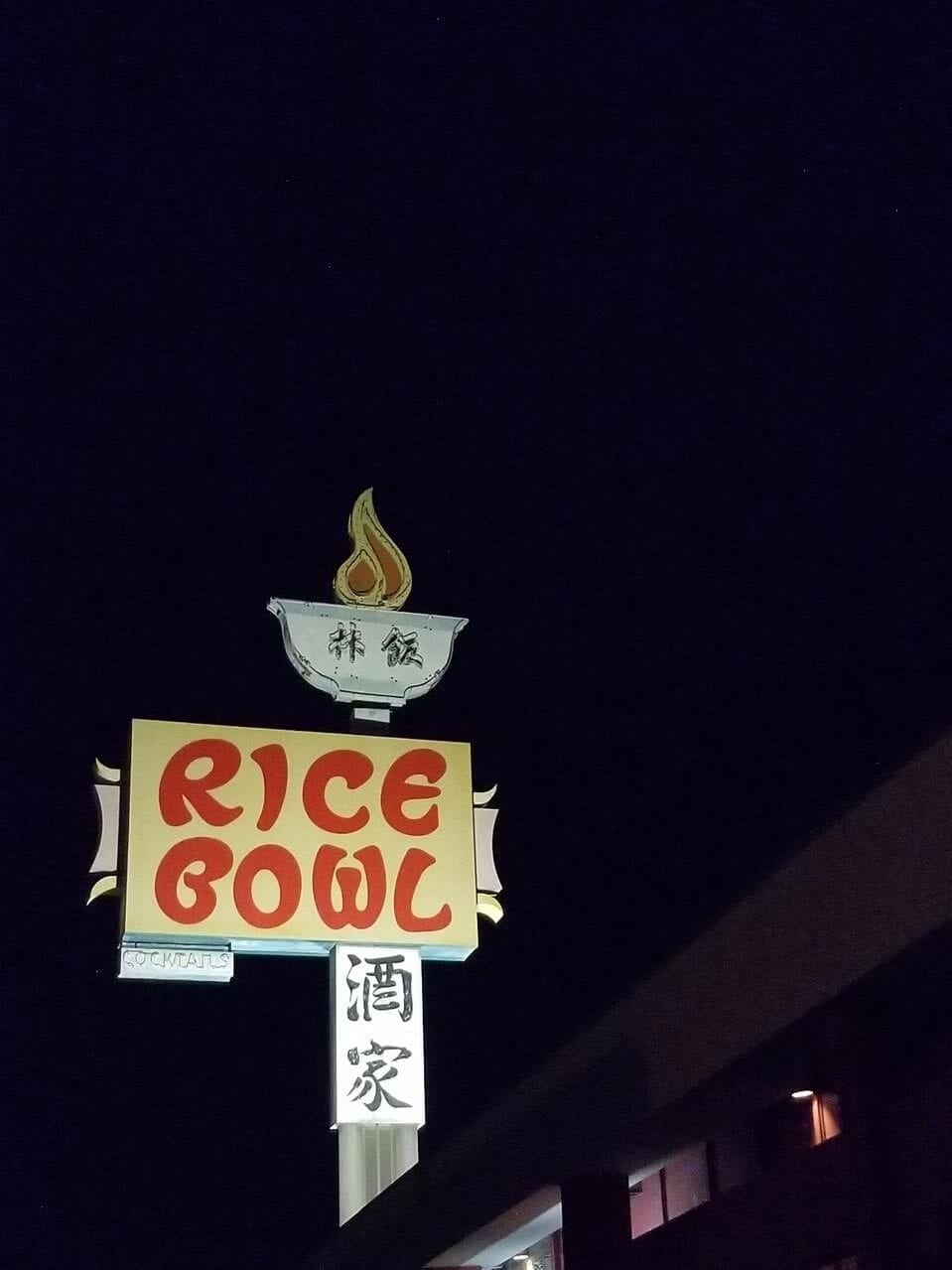Anna Byrd
Los Angeles, California, United States
 |
| Rice Bowl. Photo by Anna Byrd, 2017. |
When was I was twenty-three years old and weighed ninety-eight pounds, I thought I was fat. I wanted to look like a model, except my hair was falling out, I was bleeding from my nose and ears in my sleep, I was always cold and wore baggy boys’ clothes, and exercised compulsively. My hip bones stuck out two inches, I had abnormal sleep patterns and auditory hallucinations, and bruised easily. My mom (an anorexic herself) wanted to put me on the scale, so I devised a plan to sew rocks in the hem of my robe prior to the weigh-in. Looking at me then you would have seen skinny, but perhaps not the desperation within.
One French fry cut into three pieces was my meal plan for breakfast, lunch, and dinner. I wanted to subsist on air. I thought being vegan was plant murder. I used starvation and cocaine to keep the weight down. Flat as a board, there were men who loved me skinny; they were sicker than I was. Society did not help with its inappropriate advertising slant to be thin. My body rebelled and I would binge because I was hungry. I did not understand hunger. I would not let the fork touch my lips. Thirty-three years later (and in recovery and therapy for twenty-nine of those years), I look back at old photos and see a skeleton. I do not know who that woman in the photo is supposed to be. I was a shadow of myself but the shadow weighed more.
A friend guided me to Cocaine Anonymous, which then led to Overeaters Anonymous with an anorexia focus. My sponsor was patient and kind. I was told “three pieces of sandwich meat, two slices of bread and a visible layer (not an invisible layer) of mayonnaise was a true sandwich,” but I wanted to throw it all up. I still do not know why I thought like this, or why I could not see myself clearly when I looked in the mirror. I do know that it started when I was very young, at the age of seven.
I began the long, hard road to recovery with cognitive therapy at the age of twenty-four. I found a therapist who persevered and was not swayed by my insanity. I was suicidal and she just loved me. I have learned to accept myself and find other ways to manage my triggers, my stress, and feelings of not being in control (ah, the illusion of control). I now believe I had a God-shaped hole in my soul and it needed to be fed. There is a lack of spiritual connection in those with eating disorders. A fellow member in recovery said they “felt like a peeled zero, the hole in the donut.” I related to that. My sponsor replied, “The hole in the donut is round, fluffy, and sweet and you should attempt to become that instead.” I related to that, too. Today I can eat one donut hole rather than twenty in one sitting. I am not allowed to judge food. I must just eat it. Deep emotional issues may or may not have led to my “dis-ease” but the reason does not matter. I might just be wired wrong in the brain. What matters is that I survive and learn to live one meal at a time. This recovery is different from Alcoholics Anonymous where you put the drink down and never touch it again. I must take the dragon out three times a day and feed it.
Today I weigh 178.4 pounds (yes, the .4 is important to mention because I am accountable). It took thirty years to have curves, a husband who likes curvy gals, and my own willingness to believe it. I attempt to not body shame myself. Food is not the enemy and I am not my own enemy anymore, either. Society should focus on our accomplishments, not what we look like. I grew up in Hollywood, a ruthless place for body image, but I have learned not to compare myself to others; I am lovable no matter what. There is no failure, no sin in making mistakes, but only a learning process to live life on life’s terms. When I cannot handle that, someone else can help me reason things out. I have learned to be grateful, look for the positive, move forward, to love, to be understood, to communicate, to manage my anxiety with strategies unique to me, to risk, to trust, to protect myself, to have a higher power of my own understanding, to continue attending 12-step meetings. All I wanted was to be connected to the world and its people, to feel safe and loved, not isolated. It took thirty years to figure that out and I am still learning. I now have a purpose and a reason to live because in recovery, I try to help others to understand themselves, to share hope that there is a way out of darkness. Some do not make it out. For some, suicide is a distorted solution for relief from angst, an attempt to kill the feelings or the problem at hand.
Recovery is a lifelong process; one day at a time, three to six meals a day. Twenty-four hours can feel like a lifetime. “Too much food!” I used to cry, but it was not about the food. It was that life was overwhelming. So, be kind, smile, and look into my eyes when you talk to me because I matter; do not judge me because you do not know what lurks within. Meanwhile, it is 4:00 p.m. and I have learned . . . it is time to eat.
ANNA BYRD was born and raised in Hollywood, California. She is a recovered anorexic and seeks to share hope with others suffering from this disease.

Leave a Reply